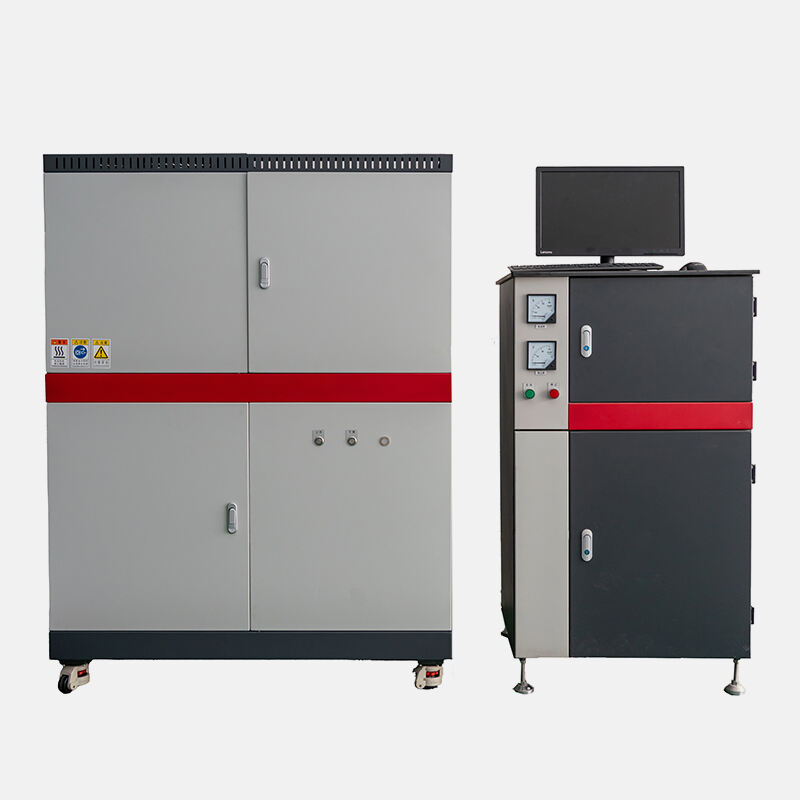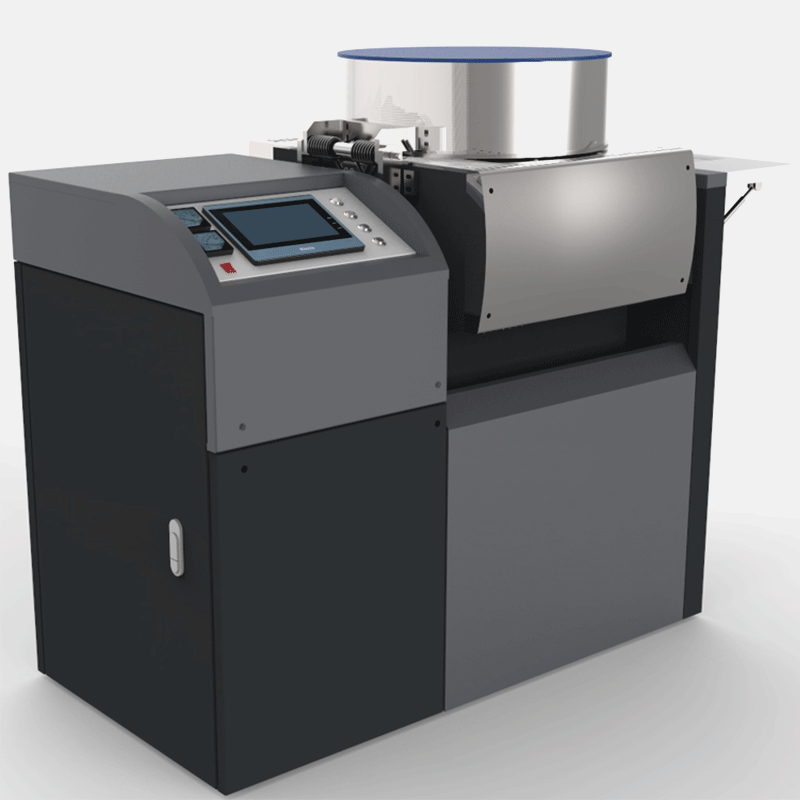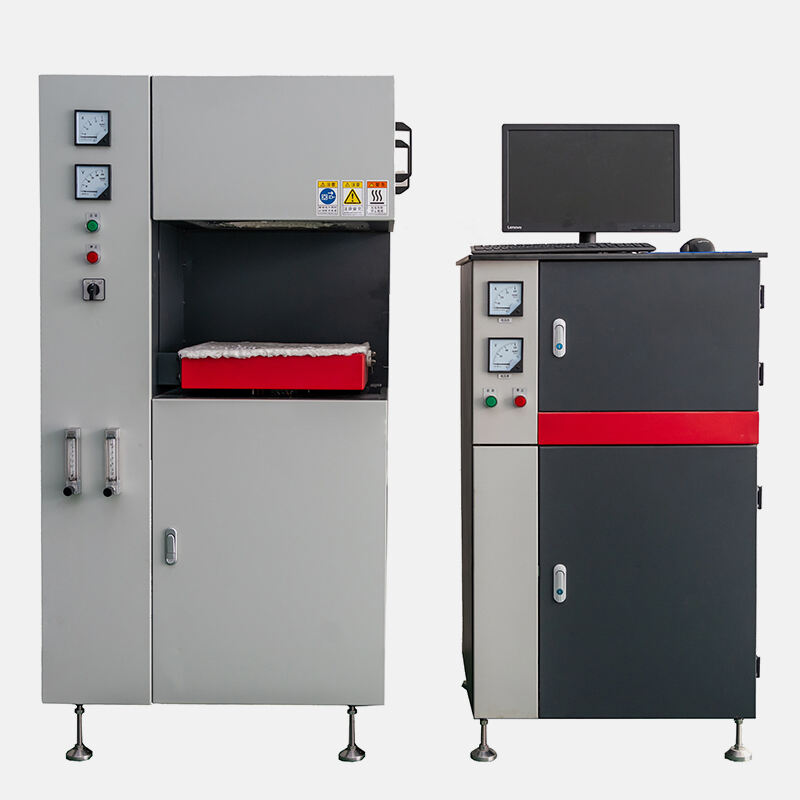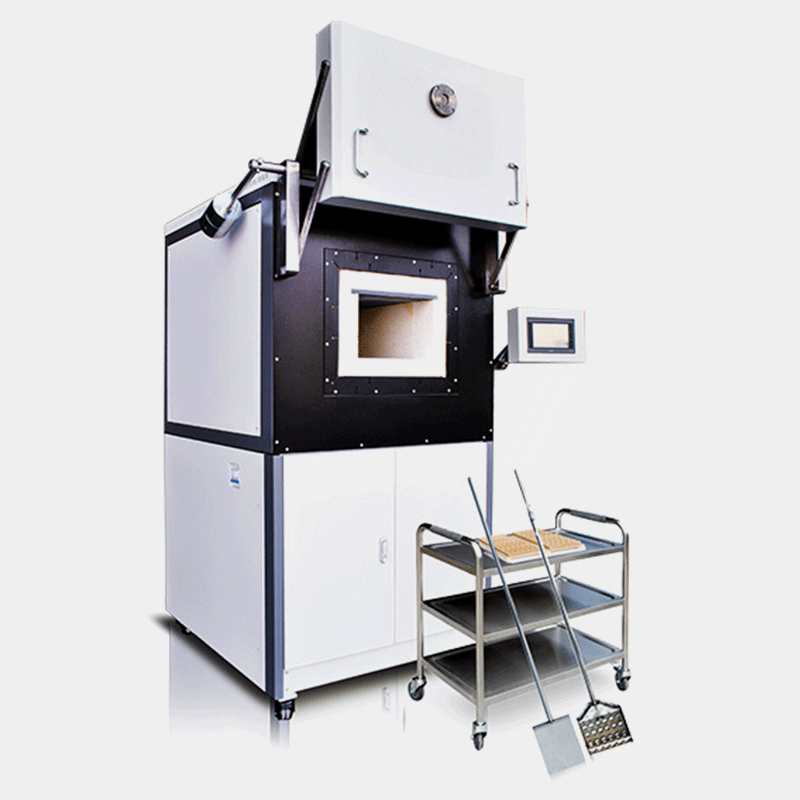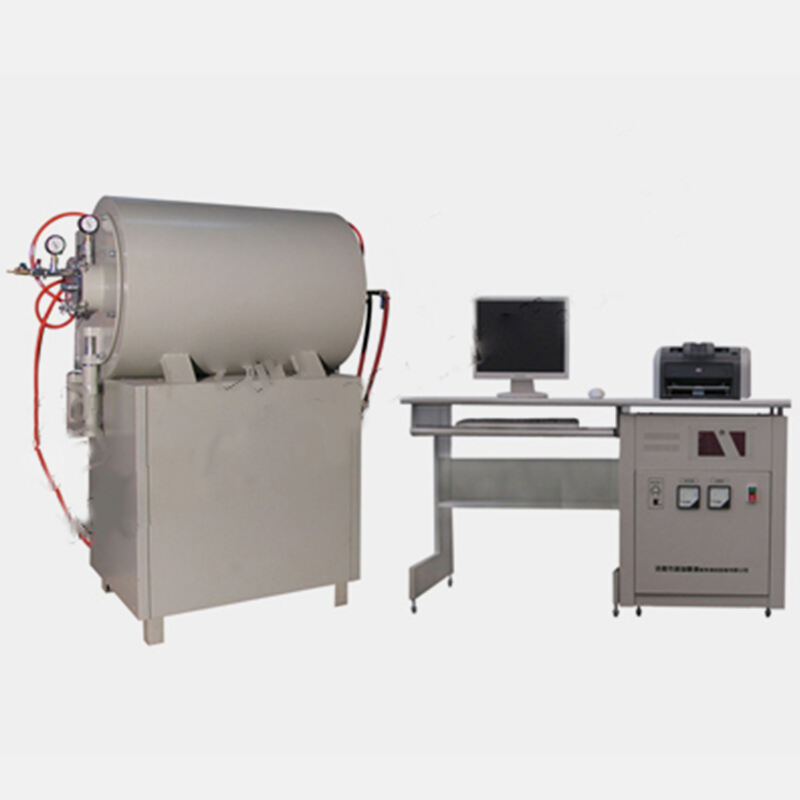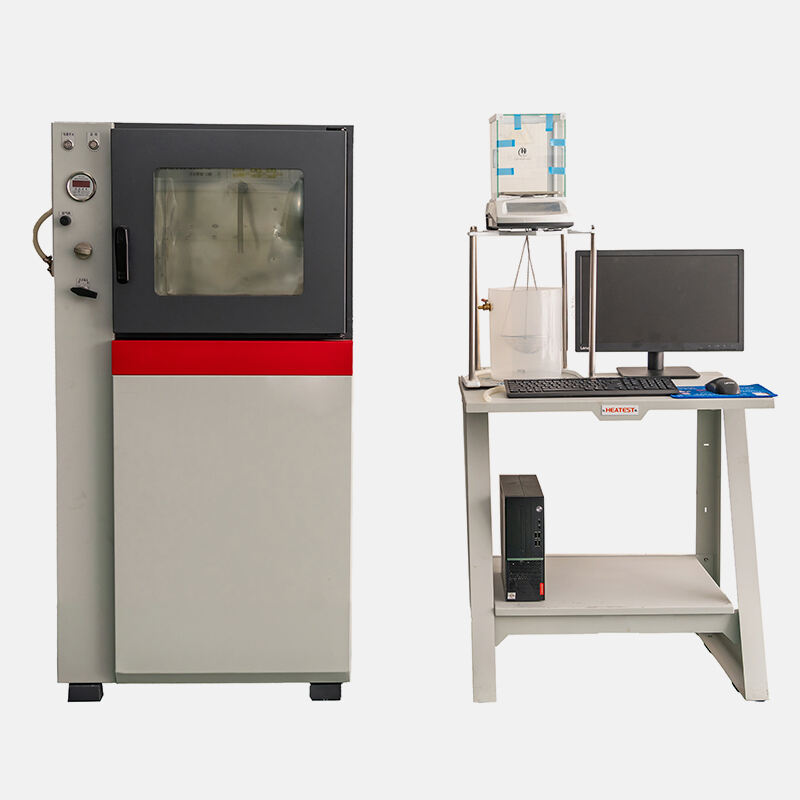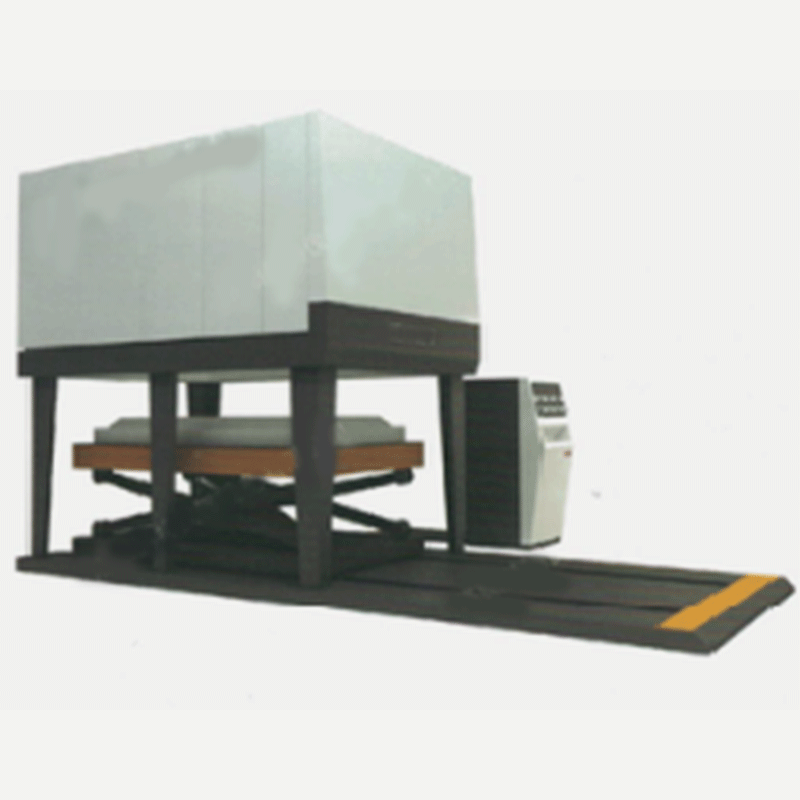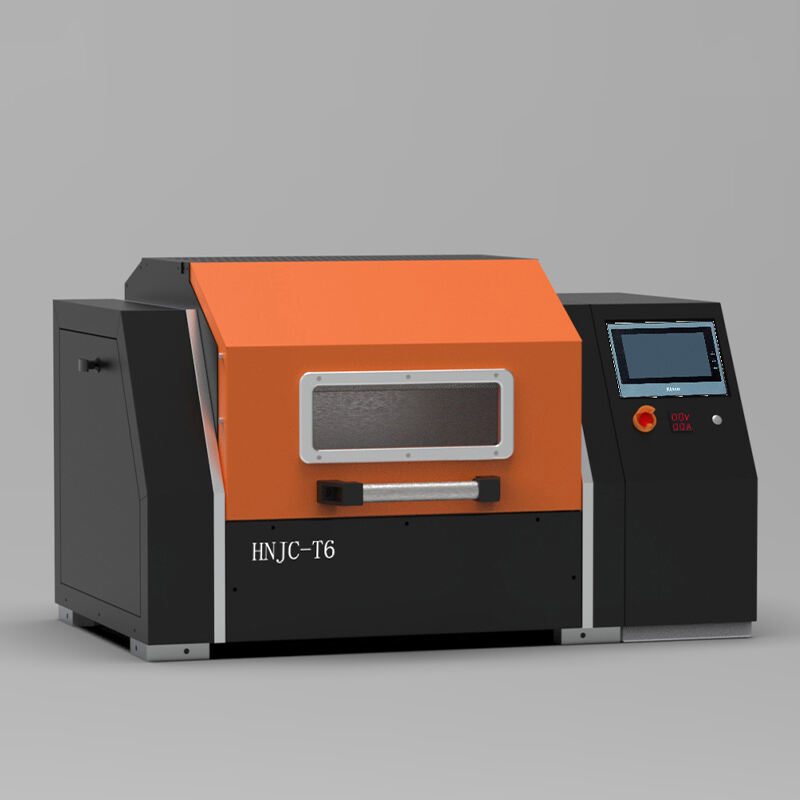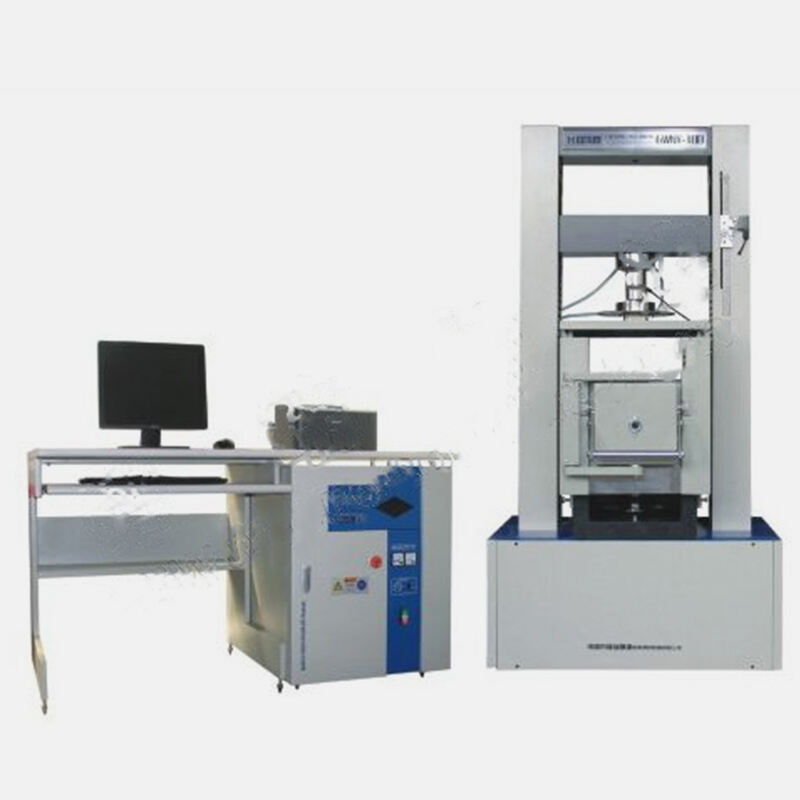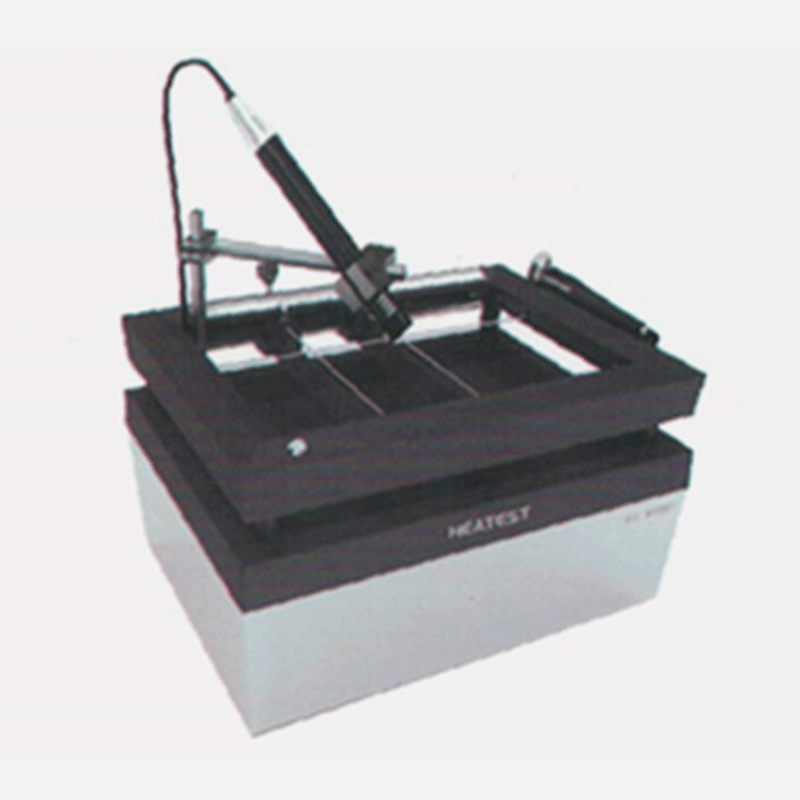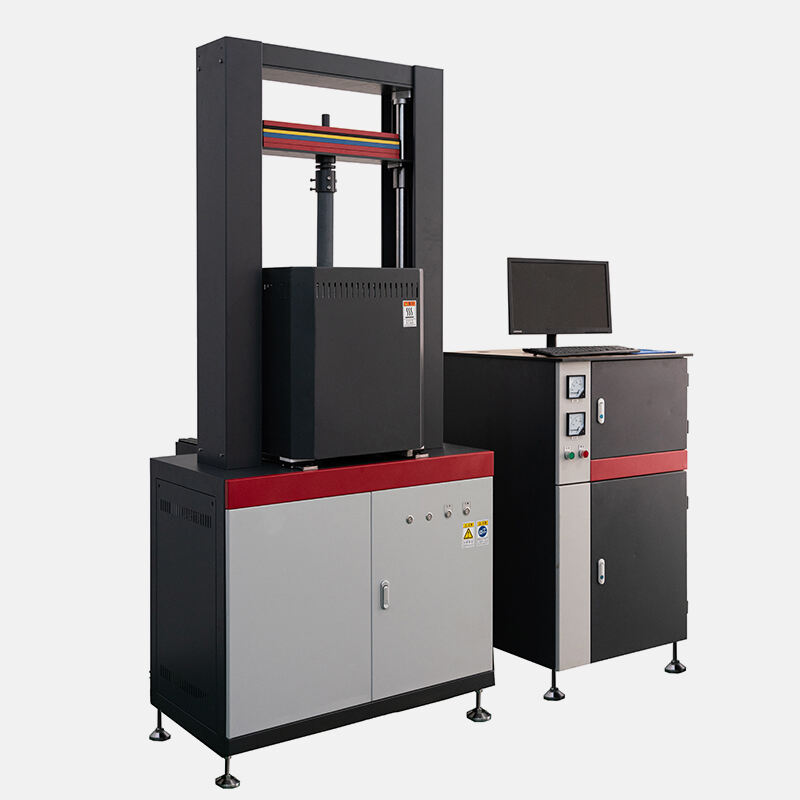The main application of lithium tetraborate
Lithium tetraborate is a white crystal with a melting point of 930°C. It is slightly soluble in water and insoluble in organic solvents such as ethanol. It is usually a pentahydrate. Lithium pentaborate is often an octahydrate, a white powder with a relative density of 1.72. It loses all crystal water at 300-350°C. Both can be prepared and used as enamel by melting and reacting lithium hydroxide and boric acid together.
Application
Lithium tetraborate is also called lithium pyroborate, with a molecular formula of Li2B4O7. The molecular weight is 169.12. High-purity and high-density lithium tetraborate is a new type of temperature-compensated surface wave substrate chip and piezoelectric single crystal substrate material, which is widely and importantly used in many fields such as microelectronics, digital technology, optoelectronic technology, new computers, video communications, military technology and satellite communications. For example, lithium tetraborate piezoelectric crystals can be prepared, especially the preparation method of large-size lithium tetraborate piezoelectric crystals. The process includes pressing the synthesized lithium tetraborate polycrystalline material into a dense cylindrical block, loading the block into a platinum crucible pre-placed in the seed crystal, and then loading it into the furnace. The furnace temperature is controlled at 950~1000℃, and the crucible descending speed is 0.1~0.6mm/h. Large single crystals with a thickness of 30~80mm, a width greater than 120mm, and a length of more than 150mm can be grown. Then, through transverse processing, the larger side is used as the axis of the crystal rod, and the smaller side is used as the crystal rod in the thickness direction. The large-size lithium tetraborate piezoelectric crystal can obtain the configuration file. Compared with the traditional descending method, the technical bottlenecks such as seed difficulty, easy leakage of the crucible, and easy cracking of the crystal encountered in the traditional descending method for growing large-size lithium tetraborate crystals are overcome. The lateral growth and flat crucible design can increase the crystal growth rate, thereby reducing the difficulty of crystal growth, which is conducive to the industrial growth of large-size lithium tetraborate crystals.
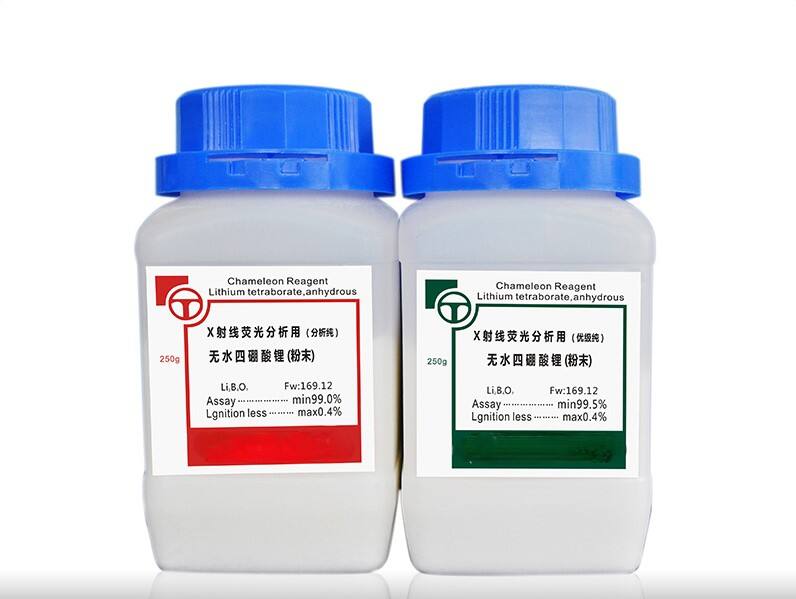
In addition, lithium tetraborate can also be used in analytical fields, such as the detection of the main content of industrial barium carbonate. The method includes: using analytically pure lithium tetraborate as a solvent, melting it at high temperature in a platinum crucible to form a sample required by the fluorometer, and using the sample to be tested as a test sample. Before the test, using analytically pure lithium tetraborate as a solvent and adding pure barium carbonate to melt a series of standard samples to establish a standard working curve. The working curve is used to detect and analyze the barium carbonate content of the sample to be tested.
(1) Using analytically pure lithium tetraborate to melt the standard sample and the sample to be tested, the stable and fast detection characteristics of the fluorometer are used for detection. The entire process of the sample is melting (automatic) and detection (instrument detection), and the time is 25 minutes. In this process, errors believed to be caused by chemical titration can be eliminated, while liberating labor and improving scientific and technological content.
(2) Using analytically pure lithium tetraborate as a solvent, the molten sample is uniform and stable, and the test results are true and reliable;
(3) The elements in analytically pure lithium tetraborate are all light elements, with almost no matrix interference, and the credibility of the test results is higher than that of traditional methods.
Recommended Products
Hot News
-
From Nanyang to East Africa: China's "Fire Assay" Technology Illuminates the Future of Kenya's Mining Industry—The Launch of the Kyrgyz-Chinese Testing Equipment Container Laboratory
2025-12-30
-
Features of the Gold Test Ash Blowing Furnace
2025-12-22
-
Precisely measuring material "endurance" at high temperatures—Nanyang JZJ Testing Equipment Co., Ltd.'s high-temperature load-bearing creep tester is exported to the United States.
2025-12-17
-
The trusted choice of African mining giants! Nanyang JZJ Testing injects refined "core power" into Zimbabwe's gold mining industry.
2025-12-08
-
Working principle and application range of ambient temperature abrasion tester
2025-11-07
-
The main reagents used in fire assay and their functions
2025-10-13
-
Let you know about fire assay ash blowing furnace
2025-09-23
-
Refractoriness under load (RUL) and creep in compression (CIC) testing machine common troubleshooting
2025-08-25
-
How to use X-ray fluorescence fusion machine in refractory industry?
2025-08-18
-
What materials are suitable for high temperature muffle furnace testing?
2025-08-14

 EN
EN
 AR
AR
 BG
BG
 FR
FR
 DE
DE
 HI
HI
 IT
IT
 PL
PL
 PT
PT
 RU
RU
 ES
ES
 TL
TL
 IW
IW
 ID
ID
 UK
UK
 VI
VI
 TH
TH
 TR
TR
 FA
FA
 MS
MS
 UR
UR
 BN
BN
 KM
KM
 LO
LO
 PA
PA
 MY
MY
 KK
KK


